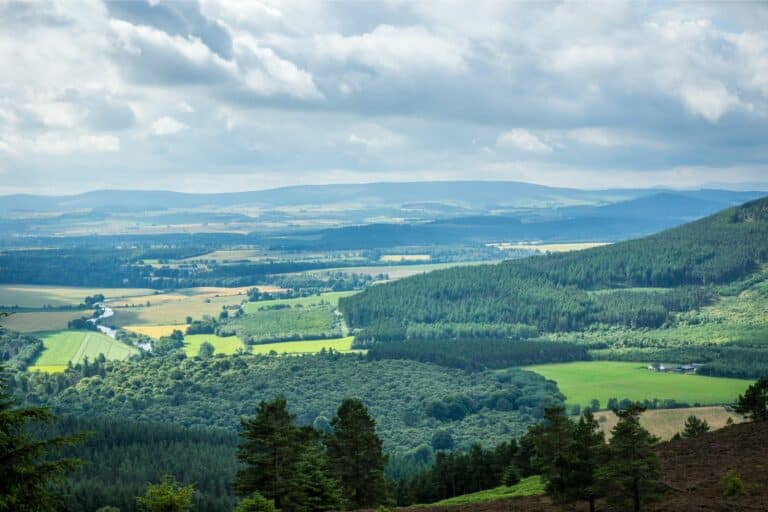The Northern Lights, Aurora
The Northern Lights, also known as Aurora Borealis, is one of the most breathtaking natural phenomena in the world. It is a natural light display that occurs in the sky, predominantly in the Arctic and Antarctic regions, caused by the interaction of charged particles from the sun with the Earth’s magnetic field. The Northern Lights are a rare and awe-inspiring sight, and for many people, seeing them is a once-in-a-lifetime experience. In this post, we will explore the science behind the Northern Lights and how to experience this stunning natural wonder.
What are the Northern Lights?
The Northern Lights are caused by the interaction of charged particles from the sun with the Earth’s magnetic field. The sun emits a stream of charged particles called the solar wind, which flows towards the Earth. When the charged particles from the sun collide with the Earth’s magnetic field, they are redirected towards the Earth’s poles. The charged particles then collide with the gases in the Earth’s atmosphere, causing them to emit light in different colors.
The colors of the Northern Lights depend on the type of gas that is colliding with the charged particles. The most common color is green, which is caused by the collision of charged particles with oxygen in the Earth’s atmosphere. Other colors include red, yellow, blue, and purple, which are caused by the collision of charged particles with nitrogen in the Earth’s atmosphere.
Where can you see the Northern Lights?
The Northern Lights are predominantly visible in the Arctic and Antarctic regions, which include Alaska, Canada, Iceland, Norway, Sweden, and Finland. The best time to see the Northern Lights is during the winter months, from October to March, when the nights are long and dark. The Northern Lights are more visible in areas with clear skies and minimal light pollution.
One of the best places to see the Northern Lights is in Norway, specifically in the Tromsø region. Tromsø is known as the “Gateway to the Arctic” and is located in the northern part of Norway. The town is easily accessible by plane, and there are several tour operators that offer Northern Lights tours, including dog sledding, snowmobiling, and reindeer sleigh rides.
Another popular destination to see the Northern Lights is Iceland. Iceland is known for its stunning landscapes and unique geothermal features, and the Northern Lights are one of the many natural wonders that can be experienced in the country. The best places to see the Northern Lights in Iceland are in the countryside, away from the light pollution of the cities. Popular locations include the Jökulsárlón glacier lagoon and the Snæfellsnes peninsula.
How to experience the Northern Lights?
Experiencing the Northern Lights is a magical and unforgettable experience. Here are some tips on how to make the most of your Northern Lights experience:
- Plan ahead – The Northern Lights are a natural phenomenon, and their appearance cannot be guaranteed. It is essential to plan ahead and book a tour with a reputable tour operator who has experienced guides and knows the best locations to see the Northern Lights.
- Dress warmly – The Arctic and Antarctic regions can be extremely cold, especially during the winter months. It is essential to dress warmly in layers and wear a hat, gloves, and warm boots.
- Bring a camera – The Northern Lights are a stunning sight, and capturing the moment on camera is a must. It is essential to bring a camera with a tripod and a remote shutter release to avoid camera shake.
- Be patient – The Northern Lights can be elusive, and it may take several attempts before they appear. It is essential to be patient and enjoy the experience, even if the Northern Lights do not appear.
- Respect the environment – The Northern Lights are a natural wonder, and it is essential to respect the environment and leave no trace.








